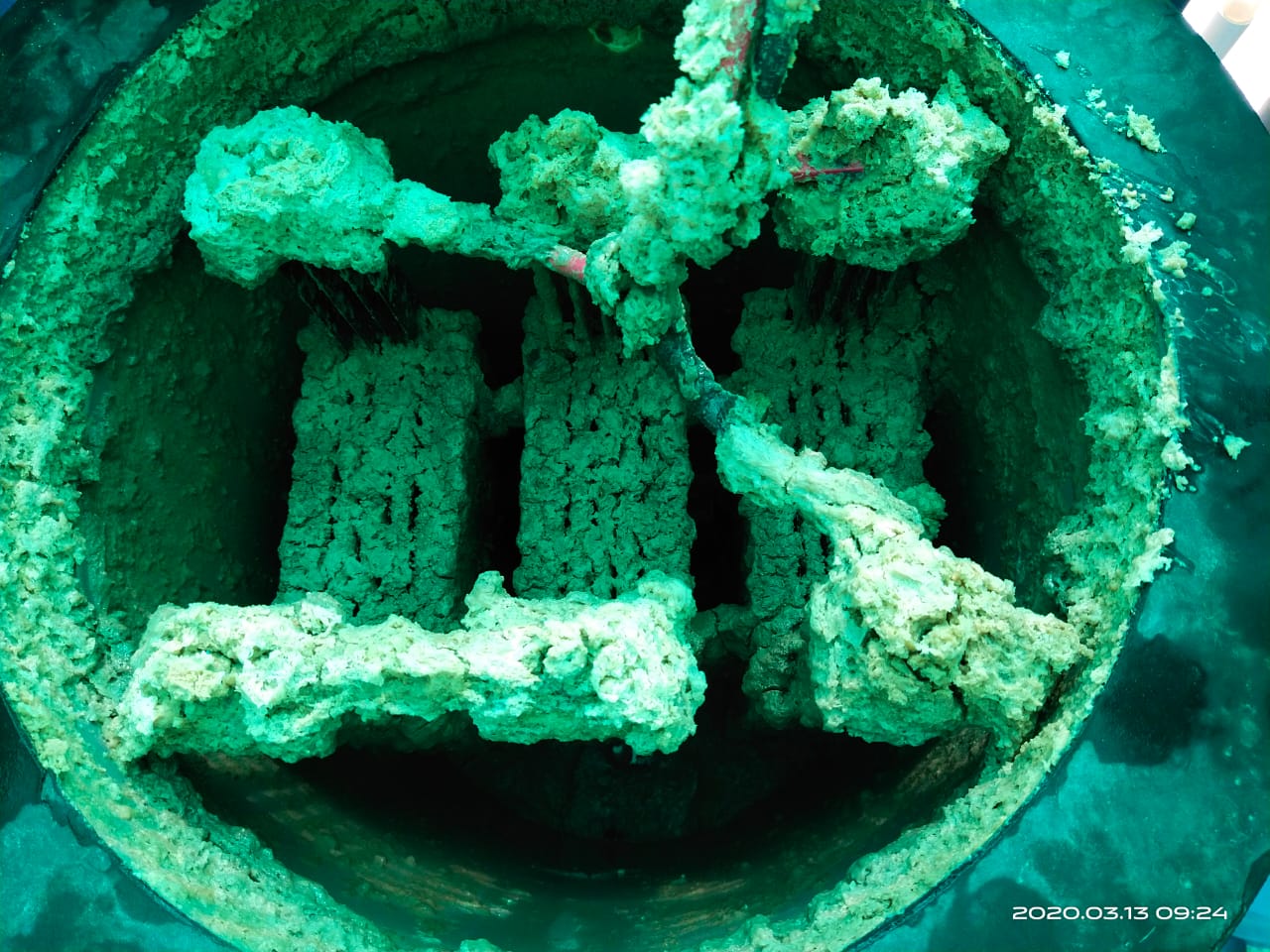
March 31, 2020 18:09 by
 admin
adminETP & STP with ELECTRO COAGULATION CONCEPT
Coagulation in natural waters and water treatment:
Coagulation is a process that makes finely divided particles aggregate and form large flocculates, which can be settled and separated from water.
Coagulation is of great importance in the transport and distribution of suspended colloidal particles in natural waters. Although the flocculates formed tend to be distributed by convective mass transfer, their distribution is also influenced by the force of gravity. Since many dissolved substances adsorb onto colloids or react chemically with colloid surface groups, coagulation also plays a role in the transformation of solutes. Oxide, especially those of Si, Al, and Fe, are abundant components of the earth’s crust. They participate in many chemical processes in natural water and often occur as colloids in water. The colloid stability of hydrous oxides may be affected by electrolytes in a different way than that of hydrophobic colloids. Specific adsorption of cations and anions on hydrous oxide surfaces may be interpreted as surface coordination reaction.
Electro Coagulation:
Most of the contaminants are charged by DC electrical current and the contaminants are destabilized compressing the double layer and helps particles to come together. In the process of electrolysis, the ions in the water are precipitated and are coagulating. These coagulants and flocculants remove even colloidal particles by compellation improving the quality of treatment. Further the attached image of coagulation reactor is self explanatory.
